How to Use Eggshells in the Garden
Eggs are delicious and nutritious. Most people throw away the shells, which is the best part for plants at least. Instead of throwing away this resource, consider using it to improve the soil in your garden, as eggshells are a good source of calcium for your plants, and can help make a great fertilizer. You can easily add minerals and nutrients to soil using crushed eggshells or eggshell tea. You can also use eggshells as seed starters to ensure that your seedlings get off to a good start.
Eggshells are primarily made out of calcium carbonate, which is the ingredient found in agricultural lime, according to the Master Gardeners of Hamilton County, Tenn. Jeff Gillman, author of “The Truth About Garden Remedies,” did his own small test to determine the nutritional properties of eggshells. He steeped a shell in water for 24 hours and then sent the water to the lab. The lab results found that the eggshell-infused water contained 4 mg of calcium and potassium, as well as very small amounts of phosphorus, magnesium, and sodium.
eggshell fertilizer tea
Make an eggshell fertilizer tea to use in your garden. Boil a gallon of water, and then add 10 clean and dry eggshells to it. For a stronger brew, add the shells of up to 20 eggs. Let the shells sit in the water overnight, and then strain the water. Pour the concentrate directly onto the soil to give plants a boost of calcium and potassium. Gillman recommends doing this once a week, though how often you have eggshells depends on your family’s egg-eating habits.
Crushing Shells
Instead of making a tea, you can crush eggshells and add them directly to the soil in your garden. Collect shells throughout the winter so that you have an adequate supply at planting time. Wash and dry the shells to remove any egg residue. Place the shells into a food processor and process until a powder forms. Wear a dust mask when crushing the eggshells so that you don’t breathe in the eggshell dust. Stir the powdered shells into the soil or potting mix just before planting. Gillman suggests using five shells per plant. You can also sprinkle a handful of shells into the planting hole before you set a plant root ball in it.
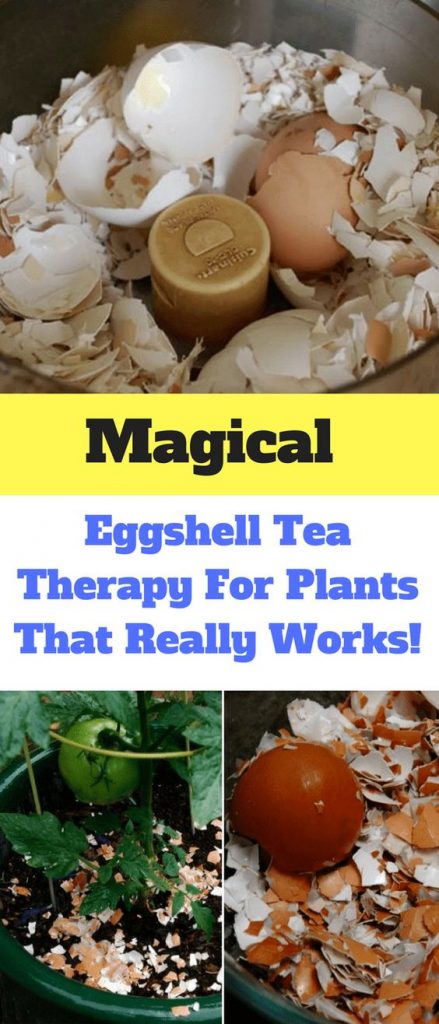
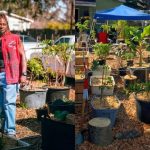

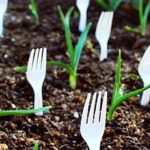
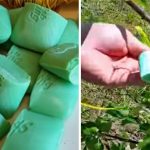
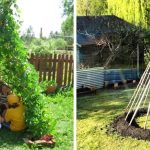

Leave a Reply